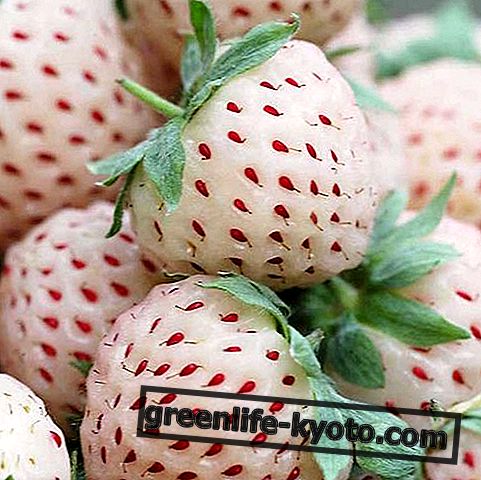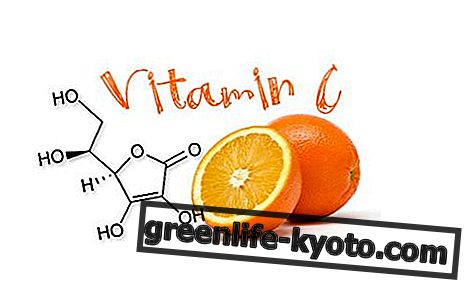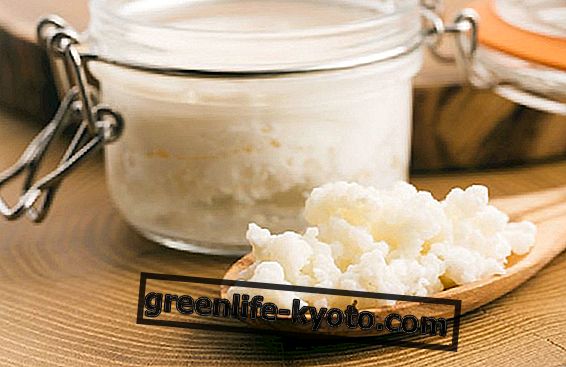
Arthritis, nerve or joint inflammation, chronic and acute pain : there are many people who have to live with pain on a daily basis, few are really effective drugs with limited contraindications.
But here comes from China a small wild plant with purple flowers: corydalis, will it be the painkiller of the new millennium? Let's get to know her better.
What is Corydalis
Corydalis is a genus of Spermatophyte plants Dicotyledons belonging to the family of the Fumariaceae, considered a subfamily of the Papaveraceae, with the appearance of small wild annual or perennial grasses, which grow spontaneously in meadows and wooded areas, from the typical flower to "spur" of violet color, but there are also yellow and white varieties.
The etymology of the name Corydalis derives from the Greek word Korydalis which means "lark" refers to the terminal spur of the flower that resembles the back finger of the larks. Other etymologies refer to the resemblance of the flower to the crest of the animal.
It is a plant known for thousands of years to traditional Chinese medicine, which has used and marketed it for some time to relieve pain; in particular, the roots are used, that is the tubers, which are collected and boiled in vinegar.
In the West it is discovered and made known thanks to a recent study, which dates back to January 2014, published in Current Biolgy, which showed that Corydalis extract would be effective against three types of pain: acute, chronic and inflammatory .
The researchers tested the plant's pain-relieving effects of the dehydrocorybulbine compound (DHCB), and saw that it exhibited a dopamine receptor antagonist activity.
Corydalis, natural analgesic
As reported by Science Direct, the discovery of this new natural analgesic is important because, contrary to other known anti-inflammatories, drugs, opiates and anticonvulsants, it would not have any noteworthy side effects .
Chronic neurological pain is a problem that covers many people every year, over 50 million people in the United States and its management remains a great challenge for modern medicine, especially considering the lack of effectiveness of certain drugs compared to possible side effects.
Enthusiasm, however, is somewhat held back by the fact that more in-depth studies and research have yet to be carried out in order to be sure of the tolerability of this root for the human organism.
Since the effects have been known for a long time in Chinese medicine, on the web you can find numerous products and preparations that contain it, for example capsules or homeopathic capsules.
However, in order to fully assess its safety, efficacy or toxicity, it is advisable not to rely on DIY and wait for further tests to be performed or rely on a specialist.













